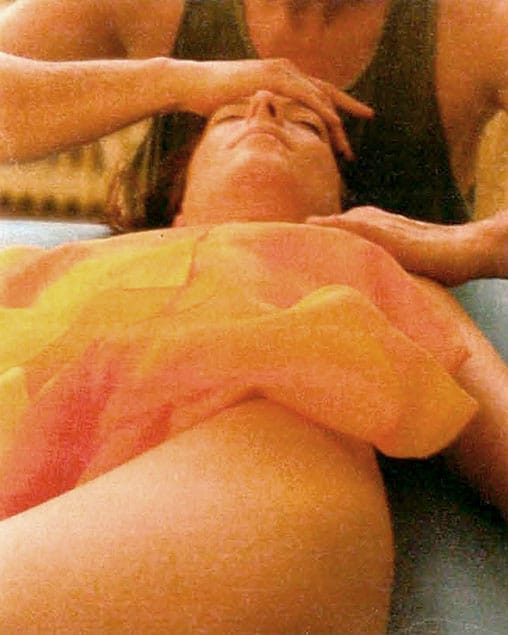Stay in Touch
from time to time we send out a newsletter to keep you up to date.
"*" indicates required fields
By Susanne Hermanski
Everything has to do with the sea, its power, its rhythm, its laws, its movements. Hawaiians are convinced of this. They see themselves as descendants of an ancestry of great navigators. They found their way even blindly over thousands of kilometers of open ocean, and this also in the spiritual sense. Pioneers of this South Seas wave, which is now spilling over the wellness scene in such a relational way, were Margarethe and Christoph Bundschu in Germany. The couple has been running their “lnstitut Hawaii” in Gräfelfing near Munich for twelve years. There they massage themselves in the style of the ancient Hawaiian temple rite and have trained dozens of masseurs. Nevertheless, they view the latest development with skepticism . “Much of what is offered nowadays as “Lomi Lomi Nui” has little to do with its origins,” says Margarethe Bundschu. She used to be a dancer by profession, has a classical ballet education and teaches among other things Hula at her institute.
Dance has a lot to do with Hawaiian bodywork: “Characteristic features of the traditional Hawaiian massage style are the flowing, circular strokes with fingers, hands and forearms that merge into one another,” explains Christoph Bundschu. “These movements are copied from the flexibility of palm trees dancing in the wind and the different qualities of water.”

www.instituthawaii.de: Margarete and Christoph Bundschu give Romi massages, teach Hula and train therapists in Gräfelfing near Munich, Tel.: 089 8544593, Mobile: 0176 32144210

from time to time we send out a newsletter to keep you up to date.
"*" indicates required fields
Institut Hawaii
Margarete & Christoph Bundschu
+49 (0)89 854 45 93 | +49 (0)176 321 44 210 | romi@instituthawaii.de